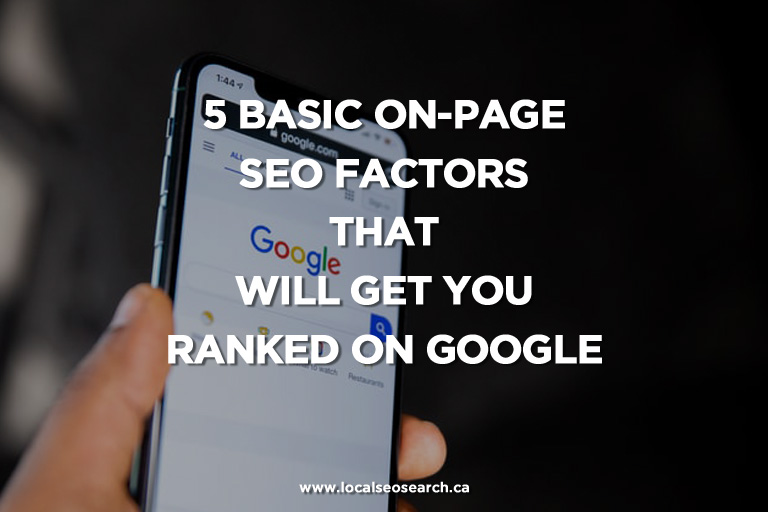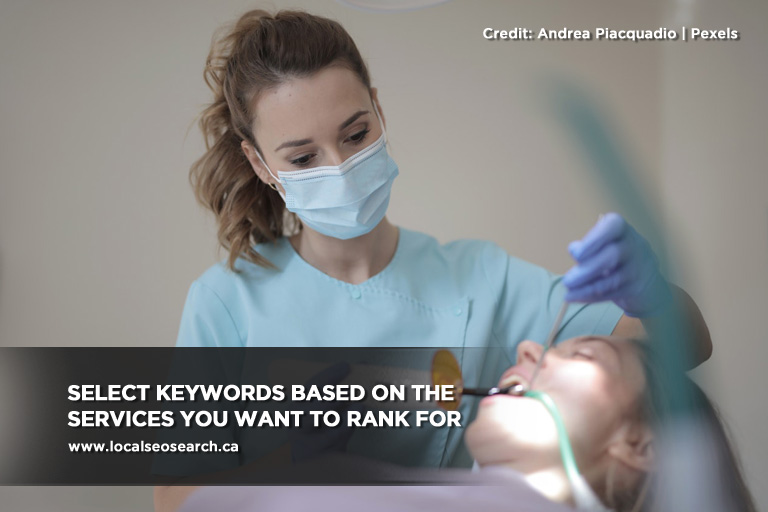0/5
(0 Reviews)


Learn On-page SEO core elements that you need to tweak on your website to increase your chances of ranking highly on Google’s search results pages.
To make it easier for your customers to find you after performing a Google search, it’s essential to clinch a top spot on Google’s search engine results pages. And one way to boost your ranking is through on-page SEO.
On-page search engine optimization is the method of optimizing your web pages for 2 main goals: to increase your search engine ranking and direct more visitors to your site.
These goals are achieved by optimizing essential SEO factors including the headline, images, as well as your pages’ meta titles, descriptions, and headers.
Going hard at your on-page SEO also means demonstrating your authority and expertise in your industry by publishing rich and informative content.
Fully optimizing your site doesn’t only have a good impact on your business; it also helps search engines deliver accurate results and provide deeper value to users with respect to their search queries.

Quality content, descriptive titles and URL, and keyword-optimized pages all play a part in making search engines better understand the nature of your website and the value you offer.
When all on-page elements bear specific details, Google is able to decide whether your content matches a certain search query.
Now that Google’s top priority is to make the search engine experience easier, faster, and more customized for users, it’s only imperative for businesses to modify their content and site usability around these goals.
If you’re a newcomer to SEO and you haven’t done anything SEO-related on your site, below are 5 basic on-page SEO factors you can start tweaking now to influence your ranking.
Keywords refer to words and phrases that people use to search for something. Often, keywords should determine the topic/s you must write about. To know which keywords to use in your SEO and content marketing efforts, you must do keyword research.
What specific keywords do your target customers enter in Google’s search bar to locate your service? What are the services that you want your business to be known for or the products you want to be popular for?
Intent can be informational (seeks to find an answer to a question), navigational (used to find a certain website), transactional (keywords people use when they’re ready to buy), and investigational (when a user digs for information before deciding to purchase).

You’ll want to make sure you hit those variations so you can serve both users. Incorporate as many semantic variations as you can one search term.
The more things in your website that match a query or user intent, the cleaner your site is, the easier Google will see your page as the right choice to be served up to a user.
When producing content, strike a balance between search engine- and user-friendliness. Remember that you’re putting out content that people can actually use in their daily lives, not just to be recognized by search engines. Aim for useful, relevant, and value-packed content.
Consider the right content format that appeals best to your audience. Whether it’s a how-to blog article, an instructional video on how to use your product, a timely infographic, or a podcast where you shed light on your customers’ concerns, make sure it’s the format that works for your target audience.
How your website looks matters. Your audience creates their first impression of your company based on your website. If it’s not formatted properly, people will perceive you differently.
A functional and user-friendly website looks sleek, professional, and easy to navigate through whatever device your customers are using to access it, whether through their desktop, smartphone, or tablet.
Site speed is one of the most crucial search engine ranking factors. Sites with poor user experience tend to get pushed down the bottom of the search engine results pages.
To remove hiccups, compress all images and make your content scannable and easy to read. This allows site visitors to easily navigate your pages and instantly get the info they are looking for when landing on your site.
Google is more likely to rank https-secured websites than those that are not. No matter the type of your website, it’s necessary that you have an SSL Certificate for increased safety, visibility, and trustworthiness.
If you have a blog section where you write about a range of topics, make sure to serve up relevant content in each of these pages. Link to internal pages in your website that are closely related to the given topic.
For example, if you’re writing an article about teeth whitening, link to your main service page on teeth whitening within that article. This increases engagement rate in each of your web pages. Plus, it’s a way to provide more helpful information to readers they might be interested in.
When you give your audience more information to consume, they tend to stick longer on your site and prolong their engagement with you.
Be really specific with your buyer personas so you can determine the right topics and content format to publish. Produce content for the right customers and make sure to answer their most urgent concerns.
A buyer persona is a semi-fictional archetype that possesses the ideal traits of your target customers. This information should be based on your customer research and your website analytics.
A buyer persona gives you an idea of your customers’ attitudes, behaviours, motivations, challenges, and desired outcomes.
Focus on copy that is aligned with your business and serves the welfare of your target customers.
A CTA can be a contact form, a downloadable guide, or anything that drives a reader to interact further with your brand.
As a small business owner, it may be a challenge to keep abreast with the latest On-page SEO best practices while running your company. Or perhaps you lack the time and manpower to get started with digital marketing.
If so, we’d love to give you a hand. Local SEO Search, we understand the need to do more with fewer resources. That’s why we’ve worked alongside over 10,000 local businesses and helped them grow their brand through digital marketing.
From both Off-page and On-page SEO to social media to video, we can help you create a winning strategy, build a strong online presence, and get new customers.
Watch our vlog in connection to this article:
Your first consultation is on us. Contact us today at 416-888-8756 or 1-877-689-5268. We’d like to connect with you!
